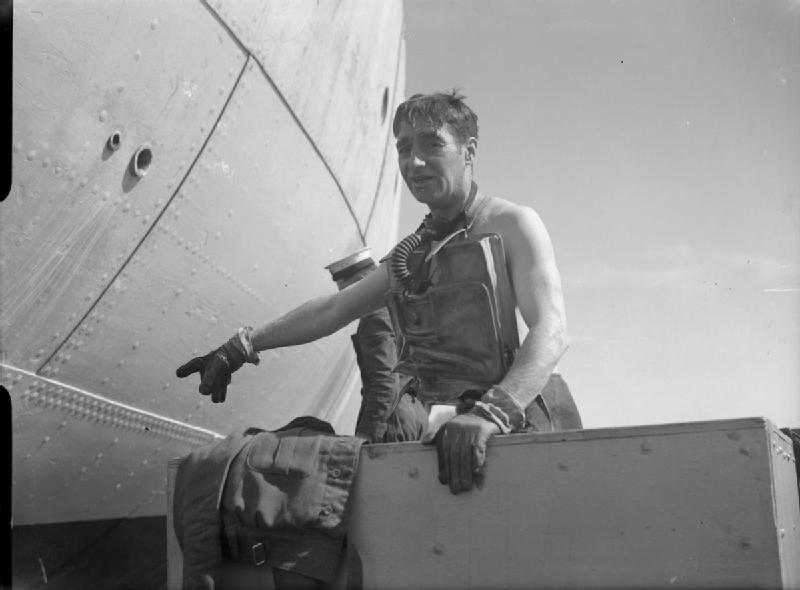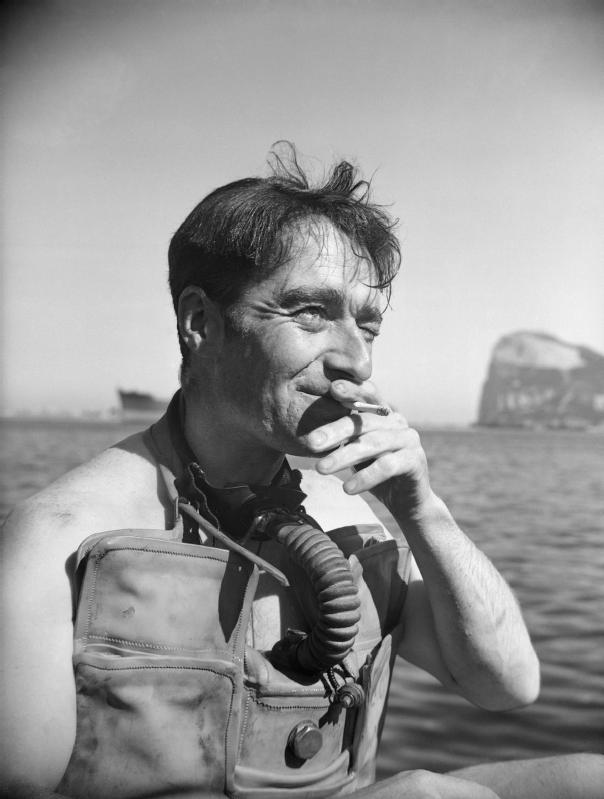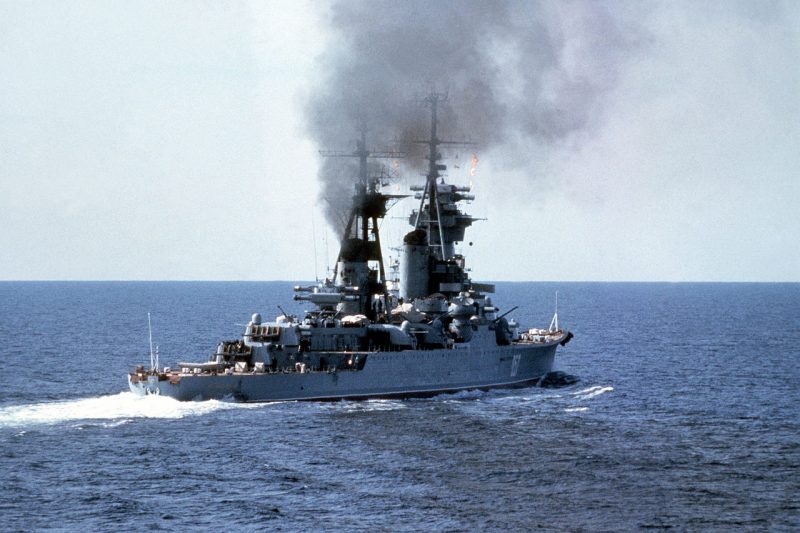Brave men and women who have fought in wars have often gone missing over the years, many of them becoming prisoners of war. During the Cold War, one British spy named “Buster” Crabb, disappeared. His vanishing was a mystery up until recently, when the British people found out what had happened to him was what spies feared most during the war – he had been captured by the Soviets.
Crabb was also known as a frogman, a diver spy. He was on a top-secret Ml6 mission in April 1956 when he was sent underwater to spy on a Russian naval cruiser in Portsmouth.
When the man disappeared, it struck up major conspiracy theories and was considered one of the biggest embarrassments for Prime Minister Anthony Eden. He was especially humiliated by the failed attempts at espionage on a vessel that had transported his Soviet counterpart, Nikita Khrushchev.
Over a year later a handless and headless body in a diving suit washed up in Chichester Harbour. This suggested to some that the mission had gone wrong and Commander Lionel Crabb had drowned.

New documents that were just released by the Cabinet Office reveal that security services believed that Crabb had been taken by the Soviets either dead or alive. It seemed unlikely that he drowned during one of the most important missions.
One of the biggest concerns of the British government, Ml5, and Ml6 is that Crabb could have been used as a propaganda prize by the Soviets and could have caused national humiliation.
The disclosures in the documents will most likely add some trouble to the theories that Crabb was taken by the Soviets. Many of the British believe that the scenario of the body that washed up was a fake.
The Cabinet Office files also were released and show that there were continuous, panicked meetings a week after Crabb disappeared.
One of the first files suggested that it would have been extremely difficult to get a live person on board a ship without a major fuss.

Written in another file is the fact that avoiding the embarrassment of a failed mission was more important to the government than finding Crabb. Forensics believed that the body was in fact Crabb’s, even though they did not perform any autopsy or special investigation to prove it.
A retired Russian diver named Eduard Koltsov later claimed he cut Crabb’s throat during an underwater fight after he caught Crabb placing a mine under the warship. Nobody knows if that is true, though. Koltsov is now 74 and confessed the killing in a new Russian documentary. He claimed he wanted to clear his conscience. He had even shown producers the dagger he used to kill Crabb. He was secretly granted the Red Star medal for his bravery. However, many people believe that Koltsov’s story is yet another cover-up by relatives of Crabb.
Koltsov was 23 at the time. He was ordered to investigate some odd activity taking place around the ship Ordzhonikidze. Koltsov claimed he spotted Crabb near the hull. That is when Koltsov killed Crabb. He claimed he had seen a silhouette of a diver in a suit that was doing something at the starboard, right next to the ammunition storage area.

Crabb was awarded the George Medal and OBE for his actions during World War II. He was 47 at the time he disappeared. It is believed that the Navy had not authorized Crabb’s mission, which indicates that he was working for Ml6 when he went missing.
A few theories are still being considered today concerning what happened to Crabb. One of them is that he was caught and brainwashed by the Russians. The body would have been a fake planted by the Russians. Another theory is thought to have been put forth by Crabb’s last surviving relative. 61-year-old Lomond Handley believes Crabb was kidnapped, but not killed by the Russians; that his fate is still being covered up by the British government.
Sources: http://www.dailymail.co.uk/news/article-3285516/Was-Buster-Crabb-taken-Soviets-Secret-files-reveal-twist-Cold-War-spy-death-Navy-frogman.html
http://www.telegraph.co.uk/news/uknews/1569616/I-killed-Buster-Crabb-says-Russian-diver.html